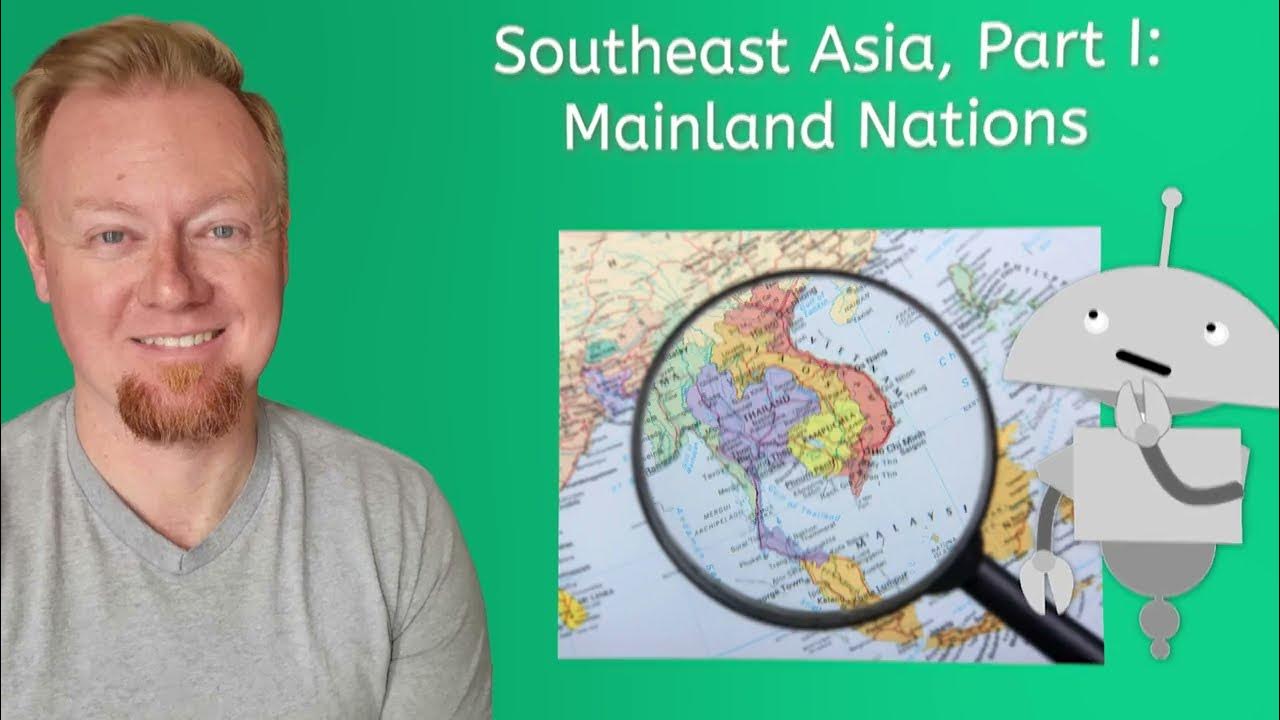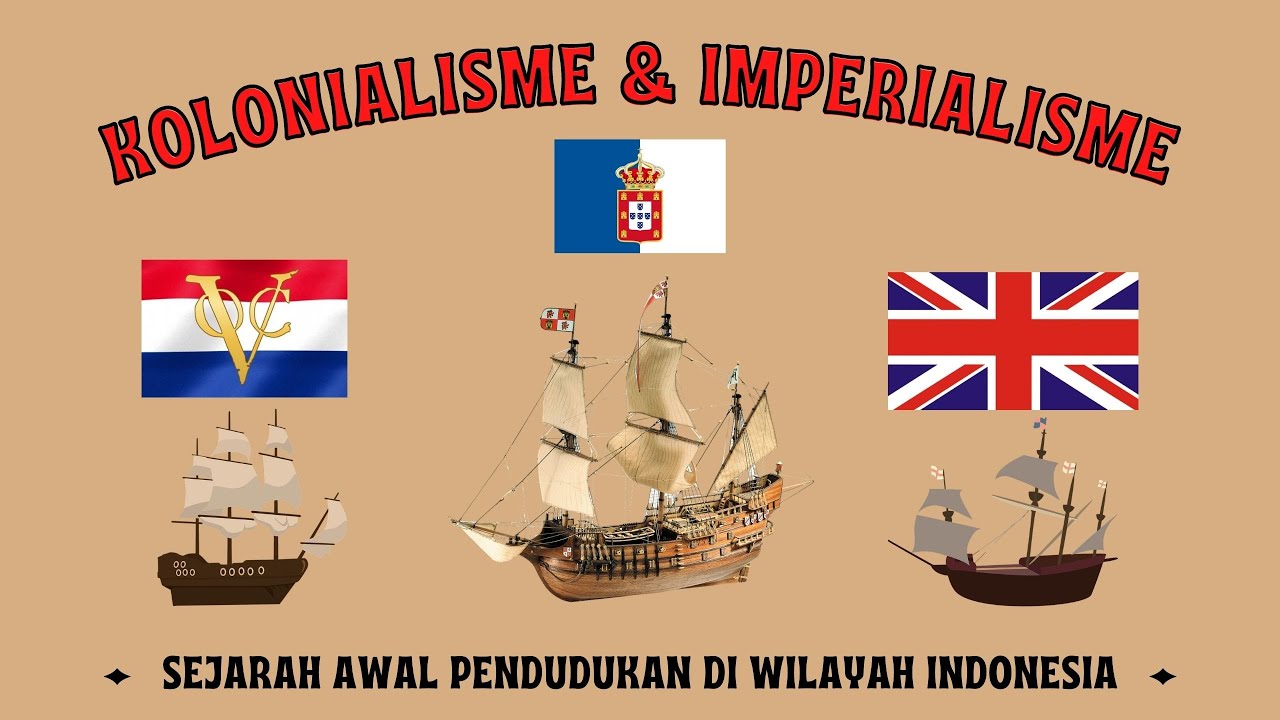My Southeast Asia with Dr Farish: ASEAN and Our Future
Summary
TLDRThe video script chronicles a scholar's journey through Southeast Asia, exploring the history and culture that bind the region. It delves into the lives of the Bajau, the last sea nomads, to understand their connection with the sea and the challenges of settling on land. The narrative also examines the need for an ASEAN curriculum to foster a shared identity among Southeast Asian youth, highlighting the importance of regional unity and the potential of ASEAN integration for a fluid, interconnected future.
Takeaways
- 📚 The script discusses the importance of understanding Southeast Asian history and culture, emphasizing the need for an ASEAN identity that transcends national borders.
- 🌏 The narrator embarks on a journey across Southeast Asia, visiting five countries to explore the shared heritage and the idea of a collective ASEAN identity.
- 🏝️ The story of the Bajau people, sea nomads of Southeast Asia, is highlighted to represent the region's maritime history and the challenges of preserving traditional lifestyles.
- 🏠 The Bajau's transition from a nomadic sea life to settling on land due to government policies is explored, reflecting the impact of modernization on indigenous communities.
- 🔍 The script delves into the Bajau's unique beliefs and practices, such as the 'twin souls' concept and their deep connection to the sea, illustrating the cultural richness of the region.
- 🤝 The Southeast Asian Youth Program is introduced as an initiative to foster friendships and understanding among young people from ASEAN countries and Japan.
- 🌐 The script raises the question of whether there is a need for an ASEAN curriculum in schools to teach young people about the shared history and commonalities among Southeast Asian nations.
- 📉 The lack of awareness among the youth about ASEAN and its significance is pointed out, suggesting a gap in education and cultural exchange.
- 🏛️ The historical narrative of European explorers misrepresenting Southeast Asian seafarers as pirates to justify their own aggressive actions is critiqued.
- 🌈 The script suggests that regional identity can coexist with national identity, using the metaphor of the ocean unifying the diverse nations of Southeast Asia.
- 🚢 The Fuji Maru ship's voyage as a symbol of unity and cultural exchange among ASEAN youth, highlighting the power of shared experiences to build a sense of community.
Q & A
What is the main theme of the journal entries discussed in the transcript?
-The main theme revolves around the exploration of Southeast Asian history and culture, with a focus on understanding the shared identity and commonalities among the people of the region.
Why does the narrator embark on a journey to find the sea nomads?
-The narrator is fascinated by the seafarers of old and seeks to find the last remaining sea nomads to understand their way of life and how it reflects the broader history and culture of Southeast Asia.
What is the significance of the Bajau people in the context of the script?
-The Bajau people are highlighted as a representation of the 'proto audience' who have lived in the interconnected region for centuries, embodying the fluidity and adaptability needed to live in a globalized world.
How does the script address the issue of national histories overshadowing shared regional history?
-The script suggests that while national histories are being taught, there is a need for an ASEAN curriculum that emphasizes the shared commonalities and history among Southeast Asian countries.
What is the purpose of the Southeast Asian youth program mentioned in the transcript?
-The program aims to foster friendship and understanding among the youth from ASEAN countries and Japan by having them travel together and experience different cultures, ultimately promoting a sense of regional identity.
Why does the narrator believe that the ASEAN logo, made of ten stalks of paddy, may not resonate with the youth?
-The narrator suggests that the ASEAN logo might need to be refreshed or rebranded to make it more appealing and 'hip' for the younger generation, who may not be as familiar with its symbolism.
What misconceptions about the Bajau people does the script aim to correct?
-The script corrects the misconception that the Bajau people are 'pirates' by explaining that they were primarily seafarers who engaged in combat only when necessary, and were not the wild and savage figures depicted by European explorers.
How does the script illustrate the importance of preserving cultural heritage and traditions?
-The script shows the importance of preserving cultural heritage through the example of the Bajau people, who maintain their traditions and beliefs despite settling on land, and the potential loss of these traditions with the passage of time.
What role does the ocean play in the script's narrative about the interconnectedness of Southeast Asia?
-The ocean is portrayed as a unifying force that has historically brought the people of Southeast Asia together, rather than dividing them, and as a shared ecosystem that will be passed on to future generations.
How does the script suggest that regional and national identities can coexist?
-The script suggests that regional and national identities can coexist by emphasizing the shared history and cultural ties among Southeast Asian countries, and by recognizing the importance of both local and regional identities in shaping individual and collective identities.
Outlines

This section is available to paid users only. Please upgrade to access this part.
Upgrade NowMindmap

This section is available to paid users only. Please upgrade to access this part.
Upgrade NowKeywords

This section is available to paid users only. Please upgrade to access this part.
Upgrade NowHighlights

This section is available to paid users only. Please upgrade to access this part.
Upgrade NowTranscripts

This section is available to paid users only. Please upgrade to access this part.
Upgrade NowBrowse More Related Video

Southeast Asia, Part 1: Mainland Nations

MATATAG_AP7_Q1_W7_Part2_ Mga Sinaunang Kabihasnan sa Pangkapuluang Timog Silangang Asya

Mengenal Suku Melayu Secara Lengkap

Kerajaan Nasional Pertama || Kerajaan Sriwijaya

SEJARAH KOLONIALISME & IMPERIALISME DI INDONESIA

LAKSAMANA CHENG HO - LAKSAMANA ASAL CINA YANG MEMBANTU ISLAMISASI DI NUSANTARA
5.0 / 5 (0 votes)